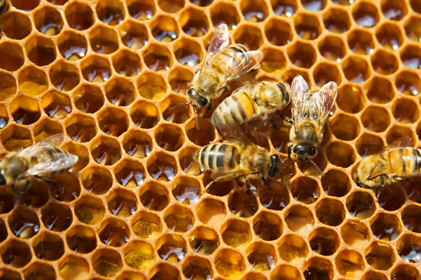Throughout this blog post I will be looking at how a trip to Dundee’s Verdant Works could enhance pupils learning. I will be exploring whether the Verdant Works would be a suitable trip destination for creating an enjoyable learning experience for pupils, and how taking a class trip here would be beneficial from a teachers point of view.
It is suggested by Arthur and Cremin (2014) that before taking pupils outside of the classroom, teachers must have justified reasons as to why going somewhere else would enhance learning and teaching. The Verdant Works makes this achievable as their website has examples of lesson plans and highlights different exhibitions which are on at certain times. This would allow teachers to predetermine how useful a visit would be, pre-plan activities for the trip and think about the best time to take their pupils to the museum (Dundee Heritage Trust, 2018).
I came to the conclusion that the Verdant Works would be a suitable history trip for a class learning about life in the Victorian times, as I was impressed by the large amount of information provided on this topic and the different ways in which it was presented. Personally, most of the lessons I remember from primary school are the ones which involved leaving the classroom and getting to interact and engage with different materials. I feel this museum can offer that to children.
The Verdant works also provides opportunities for interdisciplinary learning to take place. It would not only cover a historical learning experience for pupils visiting, but also would reinforce a range of Geographical skills and skills from other curricular areas, highlighted in the curriculum outcomes. For example, pupils could be encouraged to use maps in order to locate and navigate their way around the museum (Education Scotland, u.d.).
The section of the Verdant Works which I enjoyed the most was a replica of a Victorian classroom. This included artefacts such as old fashioned desks, chairs, blackboards and a belt on show for children to hold. As a learner this would provide the chance to compare class life now to the Victorian times, and experience what it would have been like in a realistic setting. This would spark curiosity within the children (Wilson, 2015). Within this part of the museum children are also offered the chance to try on Victorian children’s school uniform which gives them even more of an insight towards Victorian life.
I was impressed by the fact the Verdant Works had chosen to use a classroom replica from Victorian times to display as it makes the learning experience for school trips relatable and interesting. This activity also fits perfectly with the outcome ‘I can compare and contrast a society in the past with my own and contribute to a discussion of the similarities and differences. SOC 2-04a’ (Education Scotland, u.d., p3).
The Verdant Works also had a large amount of information about life in the past which was displayed though audio, pictures, hands on interactions and computer displays, making learning fun. While visiting the museum, I noticed a range of age groups interacting with the information. I therefore think that this trip would be appropriate for children at first, second or third level.
There was an impressive section of the museum about life as a Victorian child. This was also fairly small and self-explanatory which, from a teachers point of view, would mean children could explore the museum themselves and lead their own learning experience (Hoodless, 2013).
The Verdant Works had a classroom space which included a board and materials available for pupils and teachers to use on school trips. This would allow pupils to discuss and take notes straight after exploring the museum in a safe, learning environment. However, I feel from a teachers point of view, encouraging children to take photos on class cameras and taking notes throughout their visit would be beneficial. This could allow the children to remember parts they were most interested in and parts they may wish to investigate further. This would also create opportunities for further learning activities such as writing reflective pieces. Within the classroom space there were also books relating to Victorian children which would be interesting for learners to look at and gain a deeper knowledge from sources they may not have in the classroom.
From my visit it was evident that staff members were happy to provide information and demonstrate how different things work, which would be useful to ensure teachers are supported when visiting with their class.
Overall I feel the Verdant Works would be a suitable trip to provide pupils with an exciting, informative learning experience and build upon knowledge teachers have already provided.


References
Arthur, J and Cremin T. (2014). Learning to Teach in the Primary School.3rd ed. Oxon:Routledge, pp.218
Dundee Heritage Trust (2018) Nursery and Primary Schools-Verdant Works. Available at: https://www.rrsdiscovery.com/learn/nursery-primary-schools/(Accessed 5/11/18)
Education Scotland (Undated) Curriculum for Excellence: Experiences and Outcomes. Available at: https://education.gov.scot/Documents/social-studies-eo.pdf, p.2-4.
Hoodless, P. (2008) Teaching History in Primary Schools. Exeter: Learning Matters.
Wilson, A. (2015) Creativity in Primary Education. 3RD ed. London:SAGE publications.







 By extending the courts length, more opportunities would be available for changeovers, as more space provided a longer distance for the ball to travel. Providing three hoops instead of one creates a higher chance for points to be made, as players have a choice to decide which hoop they are more likely to score depending on the angle in which they are positioned.
By extending the courts length, more opportunities would be available for changeovers, as more space provided a longer distance for the ball to travel. Providing three hoops instead of one creates a higher chance for points to be made, as players have a choice to decide which hoop they are more likely to score depending on the angle in which they are positioned.